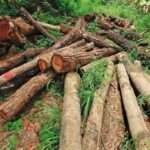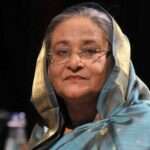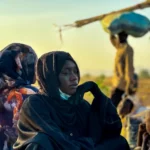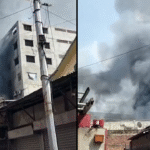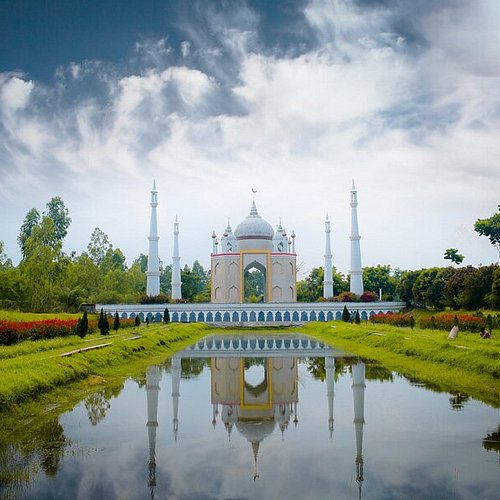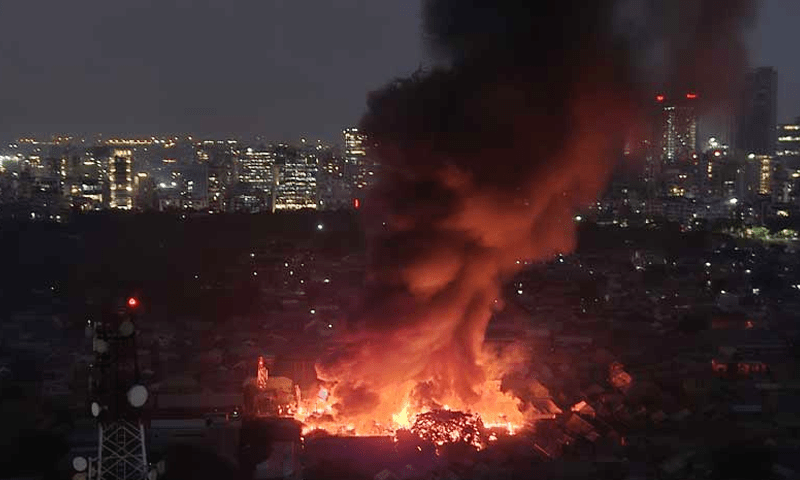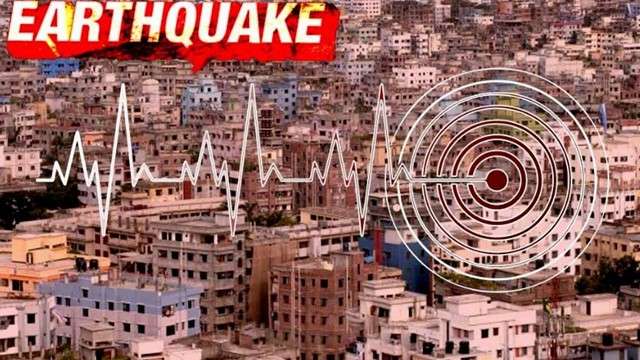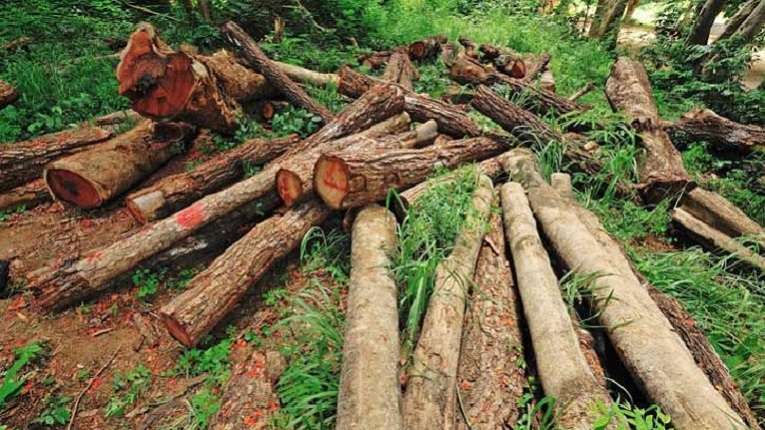Introduction to Rangpur District-
Rangpur District is one of the most historically significant and agriculturally rich districts located in the northern part of Bangladesh. As a part of the Rangpur Division, this district plays a crucial role in the country’s socio-economic and cultural framework. Home to lush green fields, ancient landmarks, and vibrant cultural practices, Rangpur District is a hidden gem for tourists and history enthusiasts alike.
Geographical Location and Overview-
Rangpur District lies in the northwestern region of Bangladesh and is bordered by Kurigram to the east, Nilphamari to the north, Gaibandha to the south, and Dinajpur to the west. Covering an area of approximately 2,400 square kilometers, it features fertile land, numerous rivers like the Ghaghat and Tista, and a subtropical climate that supports agriculture year-round.
Historical Background of Rangpur-
The history of Rangpur District dates back to ancient times. It was once a part of the Mithila Kingdom and later came under the rule of the Mughals and the British. During the colonial period, Rangpur was a center of anti-British activities and had significant participation in the Indigo Revolt and other social movements. The district officially became a part of East Pakistan in 1947 and subsequently, an integral district of Bangladesh after the country’s independence in 1971.
Demographics and Culture-
The district is home to more than 3 million people, according to the latest census. The majority of the population practices Islam, followed by Hinduism and other religions. The primary language spoken is Bengali, while a few indigenous communities also speak their native tongues.
Culturally, Rangpur District is rich in folklore, music, and traditional dances. Jari songs, Bhatiali, and folk theatre performances remain vital parts of the region’s cultural identity. The people of Rangpur are known for their hospitality and deep connection to their ancestral roots.
Administrative Subdivisions-
Rangpur District is divided into eight upazilas:
- Rangpur Sadar
- Pirgachha
- Pirganj
- Kaunia
- Mithapukur
- Badarganj
- Taraganj
- Gangachara
Each upazila has its unique attributes and contributes to the cultural and economic vibrancy of the district.
Economy and Agriculture-
Agriculture forms the backbone of Rangpur District’s economy. The region is known for producing rice, potatoes, sugarcane, wheat, and various vegetables. Rangpur is particularly famous for the cultivation of harvest-quality potatoes that are even exported to international markets.
Apart from agriculture, small-scale industries, cottage industries, and emerging service sectors also contribute to the local economy. Rangpur has also witnessed significant development in education and healthcare facilities over the past two decades.
Tourist Attractions in Rangpur-
Rangpur District is filled with natural beauty and historical landmarks. Here are some must-visit places:
- Tajhat Palace: A magnificent palace built in the early 20th century, now functioning as a museum displaying ancient artifacts and royal collections.
- Carmichael College: Established in 1916, this is one of the oldest educational institutions in Bangladesh with historical architecture and a serene campus.
- Begum Rokeya Memorial Center: Dedicated to Begum Rokeya, a pioneer in women’s education and rights in South Asia. It showcases her contributions and life story.
- Vinno Jogot Amusement Park: A family-friendly park with recreational facilities, boating, and beautiful landscaping.
- Rangpur Zoo: One of the oldest zoos in Bangladesh, located near the town center, offering a glimpse of native and exotic animals.
- Ghagot River Bank: A serene and peaceful place ideal for evening walks, river cruises, and enjoying natural views.
Education and Institutions-
Rangpur District has grown significantly in the education sector, housing several prominent institutions such as:
- Begum Rokeya University, Rangpur (BRUR)
- Rangpur Medical College
- Rangpur Cadet College
- Carmichael College
These institutions serve thousands of students from across the country and contribute to research, development, and intellectual growth.
Transportation and Communication-
Rangpur is well-connected with the rest of Bangladesh by road and rail. The Dhaka-Rangpur highway ensures smooth connectivity, while the railway network links the district to other major cities like Dhaka, Rajshahi, and Khulna.
Within the city, rickshaws, auto-rickshaws, and buses are the primary means of local transportation. The development of communication infrastructure has improved drastically in recent years, with reliable internet, mobile connectivity, and postal services available throughout the district.
Festivals and Local Celebrations-
Rangpur District celebrates numerous cultural and religious festivals:
- Pohela Boishakh: Bengali New Year celebrated with fairs, traditional food, and folk performances.
- Eid-ul-Fitr and Eid-ul-Adha: Marked with prayers, communal meals, and festive gatherings.
- Durga Puja: Celebrated by the Hindu community with grand decorations and religious rituals.
- Rokeya Day: Celebrated in honor of Begum Rokeya on December 9th.
These festivals reflect the district’s diversity and communal harmony.
Climate and Weather-
Rangpur has a subtropical climate with three major seasons: summer, monsoon, and winter. Summers are warm and dry, while the monsoon brings heavy rainfall. Winters (November to February) are cool and foggy, making it a pleasant time for tourists.
Best Time to Visit Rangpur District-
The best time to visit Rangpur District is during the winter months from November to February. The weather is cool, skies are clear, and the natural scenery is vibrant. This is also when most cultural events and festivals take place, giving travelers a chance to experience the local lifestyle in full bloom.
Conclusion-
Rangpur District is not only agriculturally vital but also culturally and historically rich. Whether you are a traveler looking for unexplored destinations, a student of history, or someone who appreciates rural beauty and traditional lifestyles, Rangpur District offers a unique experience. From majestic palaces and educational institutions to warm-hearted locals and flavorful cuisine, Rangpur stands out as a beacon of northern Bangladeshi heritage.
FAQs About Rangpur District-
Q1: Where is Rangpur District located?
A1: Rangpur District is located in the northwestern part of Bangladesh, and it is a part of the Rangpur Division.
Q2: What is Rangpur famous for?
A2: Rangpur is famous for its agricultural products, especially potatoes and rice, as well as for historical landmarks like Tajhat Palace and Carmichael College.
Q3: What is the best time to visit Rangpur District?
A3: The best time to visit is during the winter season, from November to February, when the weather is ideal for travel and exploration.
Q4: Are there any universities in Rangpur District?
A4: Yes, the most notable university is Begum Rokeya University, Rangpur (BRUR), which offers a wide range of academic programs.
Q5: What are the popular tourist attractions in Rangpur?
A5: Top tourist attractions include Tajhat Palace, Rangpur Zoo, Carmichael College, Vinno Jogot Park, and the Begum Rokeya Memorial Center.
Q6: How can I travel to Rangpur from Dhaka?
A6: You can reach Rangpur from Dhaka via road by bus or private car, or by train. The journey typically takes 6 to 8 hours depending on traffic and transport mode.
Q7: What languages are spoken in Rangpur?
A7: Bengali is the primary language spoken in Rangpur, although some indigenous groups may speak regional dialects or languages.
Q8: What kind of food is popular in Rangpur?
A8: Rangpur offers traditional Bengali cuisine including rice, fish, lentils, and local vegetables. Street food and sweets like Pitha and Monda are also popular.




